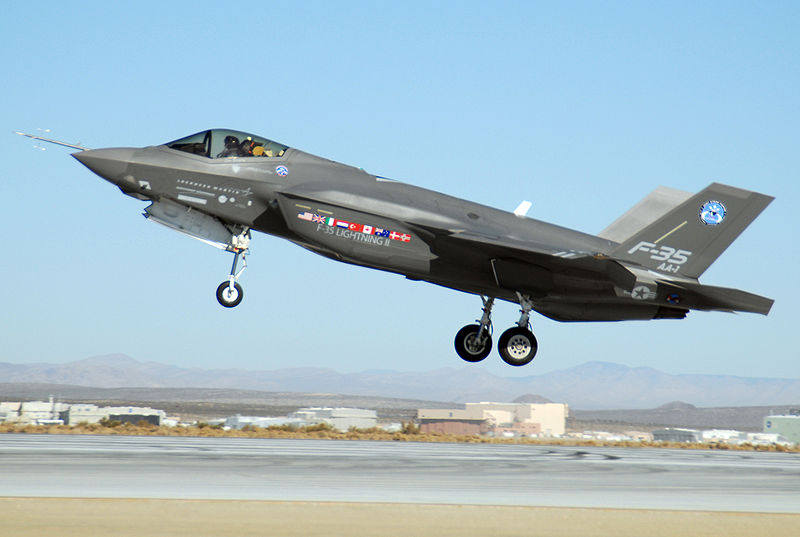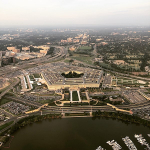
The mystery surrounding the missing F-35B fighter jet has been resolved as authorities successfully located the wreckage in Williamsburg County, South Carolina,
on Monday. This incident had garnered significant attention as the aircraft continued flying autonomously after the pilot had ejected on Sunday.
Authorities had also appealed to the public for assistance in locating the aircraft. Before the crash site was identified, there were speculations that the plane might have flown without a pilot for a considerable period, reminiscent of a similar incident involving a fighter jet over three decades ago.
"Debris Field Located"
Joint Base Charleston, a Department of Defense Joint Base situated in Charleston, South Carolina, confirmed the discovery of debris from the jet in a social media announcement on Monday.
"Personnel from Joint Base Charleston and @MCASBeaufortSC (Marine Corps Air Station Beaufort), in close coordination with local authorities, have located a debris field in Williamsburg County. The debris was discovered two hours northeast of JB Charleston."
The search efforts involved a collaborative effort between the Military Frighter aircraft F-35, the Federal Aviation Administration (FAA), the 2nd Marine Aircraft Wing from MCAS Cherry Point, Navy Region Southeast, and the Civil Air Patrol, in addition to local, county, and state law enforcement agencies across South Carolina. Joint Base Charleston and MCAS Beaufort expressed their gratitude to all their partners for their dedication in the search mission.
"We would like to thank all of our mission partners, as well as local, county, and state authorities, for their dedication and support throughout the search and as we transition to the recovery phase."
"Incident Details"
JB Charleston had initially reported on Sunday afternoon that the "F-35 was involved in a mishap." While the pilot had safely ejected from the aircraft and was transported to a local medical center in stable condition, the base had urged the public to contact its Defense Operations Center with any information that could aid in locating the jet. Preliminary search efforts were concentrated to the north, near Lake Moultrie and Lake Marion, based on the aircraft's last known location.
According to NBC News, a spokesperson from JB Charleston confirmed that the fighter jet was in autopilot mode when the pilot ejected, leading authorities to consider the possibility that the jet remained airborne for a period before crashing. The base also noted that search teams utilized both ground and aerial assets to locate the debris.
Data from Flightradar24.com illustrated the flight path of an aircraft involved in the search for the F-35, based on its last tracked location. However, it was reported that the jet's transponder was not functioning, making it more challenging to precisely track its route.
"As the recovery team secures the debris field, members of the community should avoid the area," the base advised. "We are transferring incident command to the USMC this evening, as they begin the recovery process."
"Echoes of a Decades-Old Incident"
The duration of the F-35's autonomous flight after the pilot's ejection remains uncertain. Nonetheless, this incident draws parallels with a Cold War-era occurrence. According to Insider, in July 1989, a Soviet MiG-23 fighter jet crashed into a home outside Kortrijk, Belgium, after the pilot ejected.
While flying over Poland, the pilot had experienced an onboard malfunction and ejected. The MiG-23 continued to fly autonomously for over 500 miles, passing over Germany and the Netherlands before ultimately crashing. The Belgian government had reported that NATO radar had detected the jet over an hour before its crash. Photo by U.S. Air Force photo/Senior Airman Julius Delos Reyes, Wikimedia commons.






































